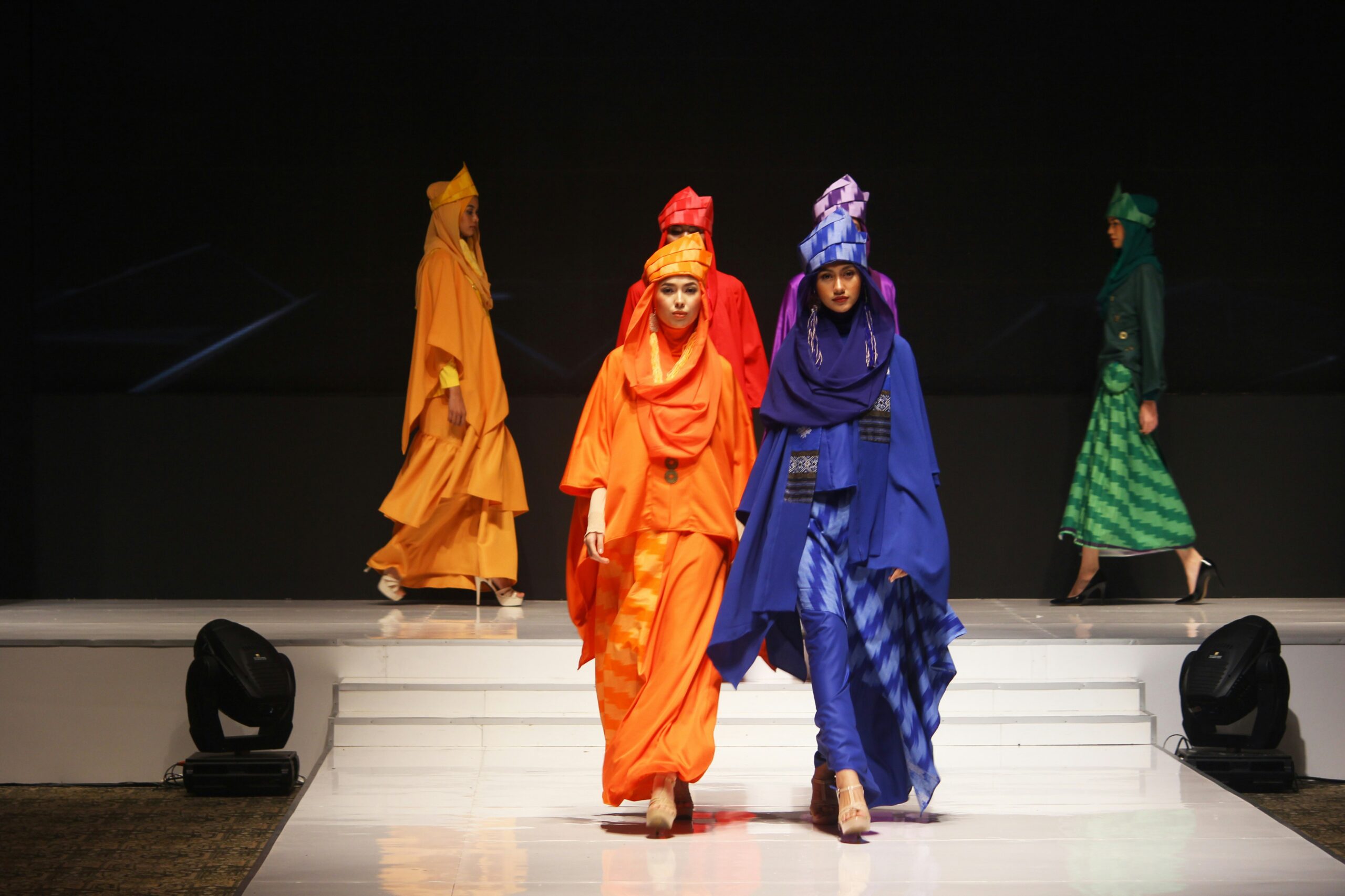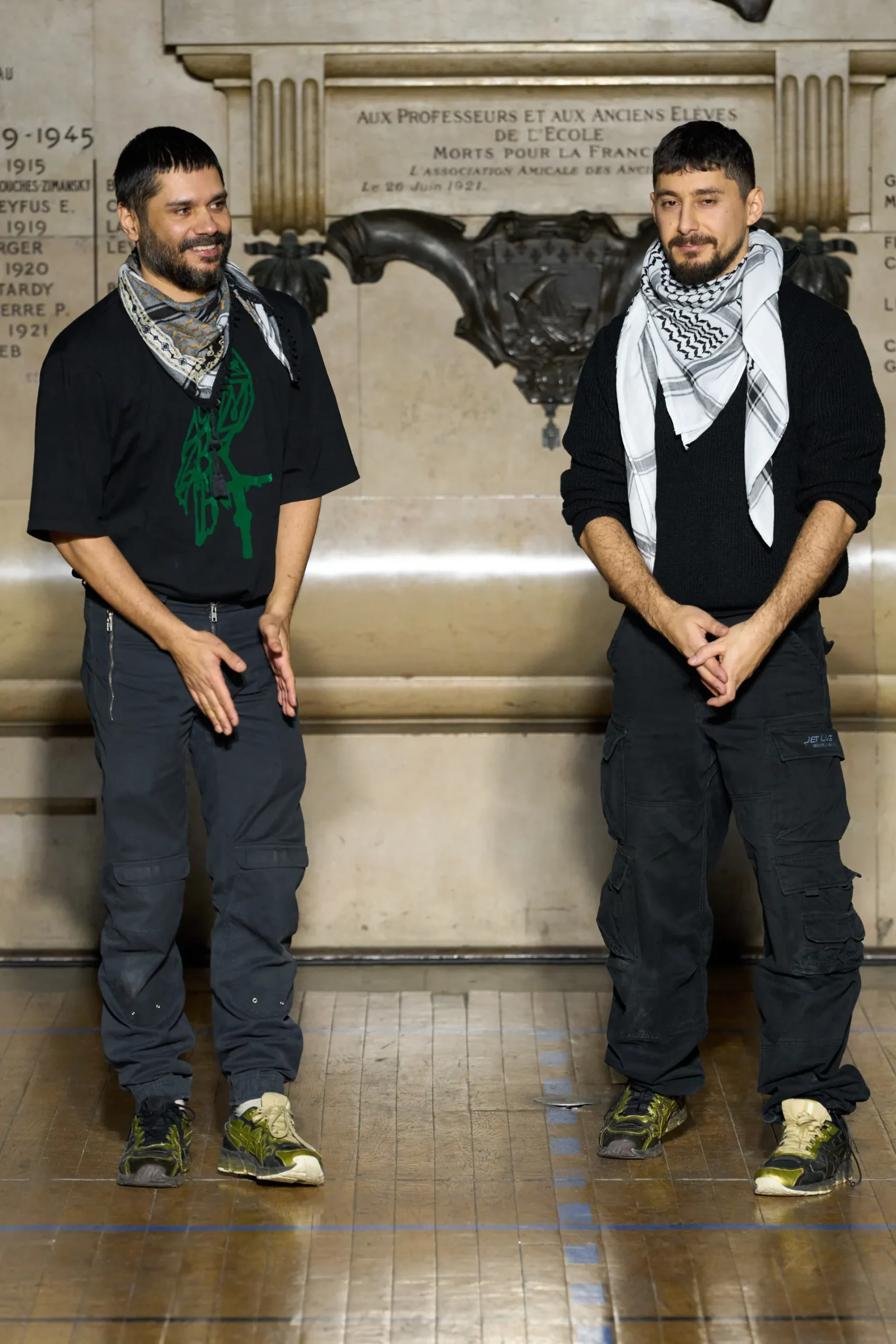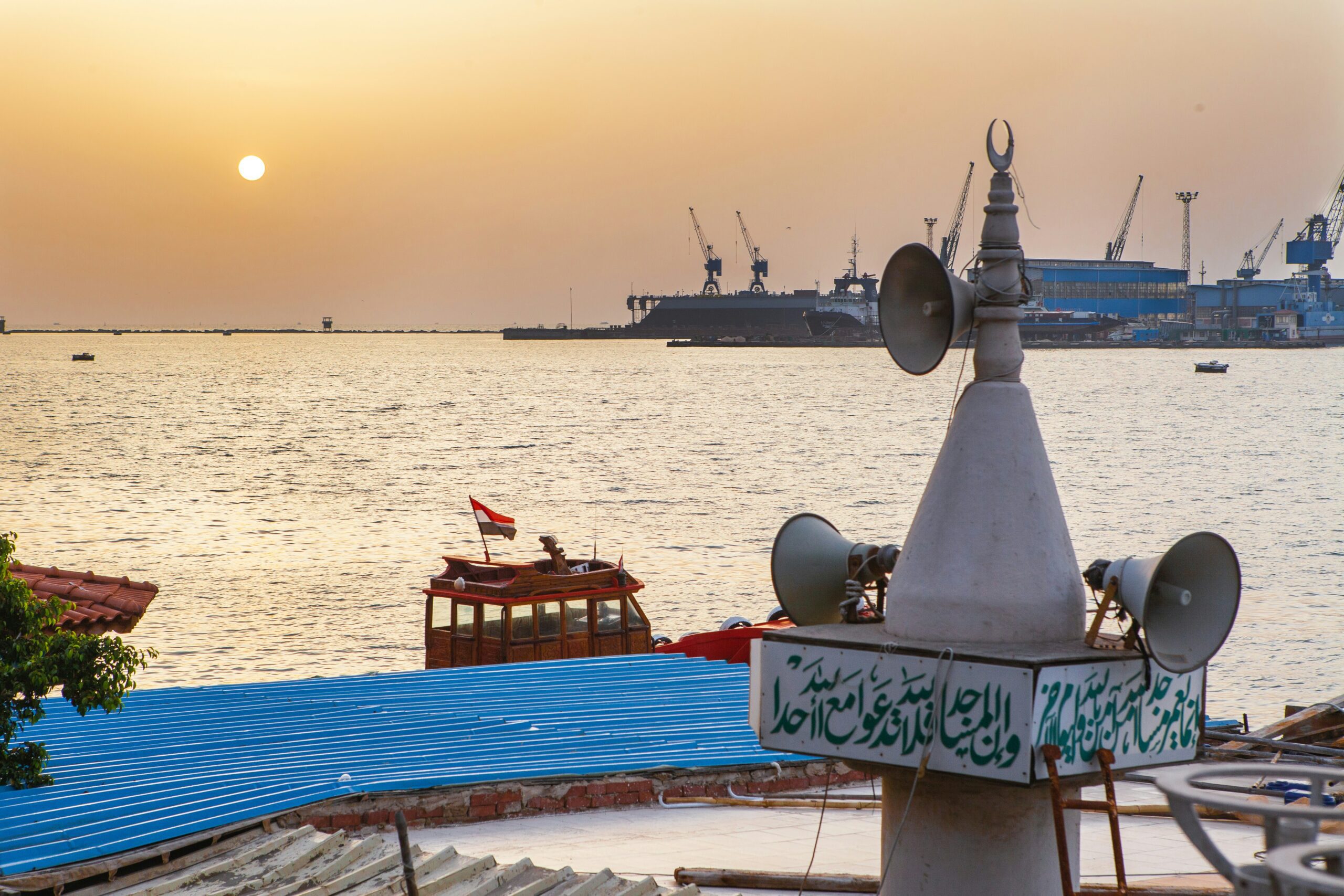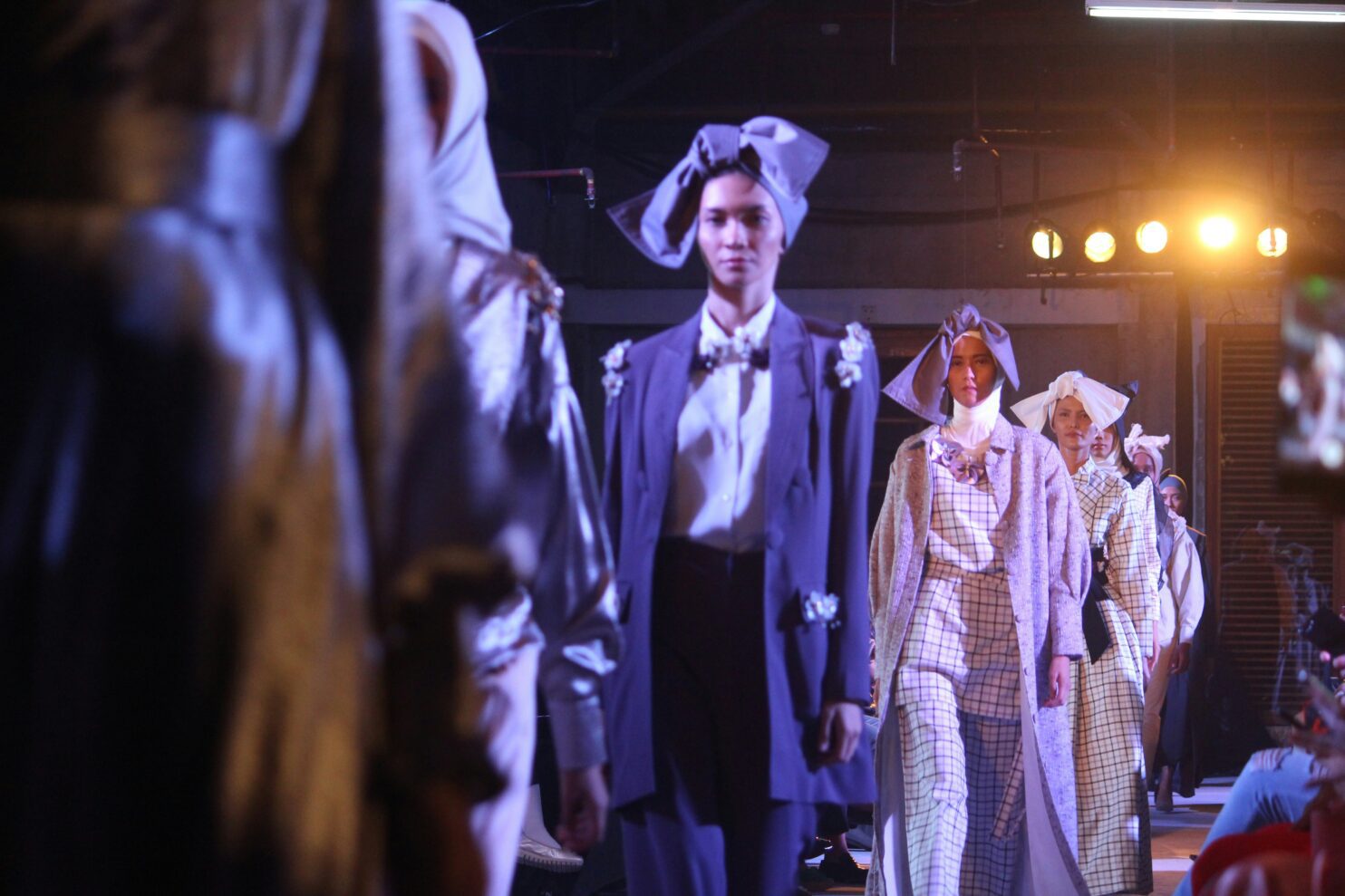In the intricate world of fashion, the threads of style are often woven with the geopolitical landscape. From the choice of materials to the trends that dominate the runways, geopolitical influences play a significant role in defining the fashion narrative. In this article, we explore the fascinating intersection of politics and style, unveiling the impact of geopolitical factors on the fashion industry.
Trade Agreements and Tariffs
One of the most palpable ways geopolitics affects fashion is through trade agreements and tariffs. Changes in international trade policies can alter the cost of raw materials, manufacturing, and transportation. The imposition of tariffs or the easing of trade restrictions can reshape the global supply chain, influencing where fashion houses choose to source their materials and produce their garments.
Producing Cotton in China has become more challenging due to the incitement of the Uyghur Forced Labar Prevent Act. This event has caused bans on manufacturing in this area, high tariffs, and receipt down the barrel of where your cotton products come from and greater scrutiny on imports, increased pressure on cotton, has in turn inspired increase interest in synthetic, found in a lot of performance apparel. The dynamic relationship between geopolitics and trade can impact accessibility, affordability, and even fabrication preferences of fashion on a global scale.
 Cultural Diplomacy
Cultural Diplomacy
Fashion serves as a powerful tool for cultural diplomacy. Countries often leverage their unique cultural identities through apparel. Designers from different nations bring their heritage and narratives to the forefront, contributing to the diversity and richness of the fashion landscape. Fashion weeks and events become platforms for nations to showcase their creativity, fostering a sense of national pride and influencing perceptions on the global stage. For example, Hanako Maeda during the Spring 2023 New York Fashion Week celebrated their Japanese heritage with lanterns from summer festivals as decoration on the runway.
Labor Practices and Human Rights
The geopolitical landscape also casts a shadow on the ethical considerations within the fashion industry. The sourcing of materials and labor practices are subject to scrutiny based on the geopolitical climate. Human rights issues, such as fair labor practices and sustainable sourcing, gain prominence as consumers become more conscientious about the ethical dimensions of their fashion choices. Geopolitical pressures often drive the industry towards embracing transparency and accountability in addressing these concerns. After the Rana Plaza factory collapse in 2013, a accord called the Fire and Building Safety in Bangladesh was created ensuring that something like this would never happen again. The impact to production out of Bangladesh was severe, as many companies abandoned this country due to this tragedy. Although the establishment of the accord and the expanded awareness of the need for better work environments rose from this event, the apparel industry recognized a significant shift in country of origin for production as result.

Vogue Runway: GmbH designers Benjamin Huseby and Serhat Isik
Fashion as a Form of Protest
In times of geopolitical unrest, fashion transforms into a canvas for protest and expression. Designers and consumers alike use clothing as a medium to convey political messages and ideologies. From statement-making slogans to symbolic designs, fashion becomes a silent but powerful form of dissent and solidarity. The runway becomes a stage for activism, reflecting the collective voice of a society navigating through geopolitical challenges. Recently at the Paris Men’s Fall/Winter 2024 Fashion Week GmbH designers Benjamin Huseby and Serhat Isik opened the show with a speech promoting peace and a ceasefire in Palestine.
Supply Chain Vulnerabilities
Geopolitical tensions can expose vulnerabilities in the fashion industry’s global supply chain. Events such as trade wars like the conflict in the Middle East that affect the Suez Canal, (one of the major key trade routes), political instability, or natural disasters in key production regions can affect the flow of materials and finished products. Disrupting trade routes and navigating around disasters results in increased timelines for delivery of goods and increase in delivery costs with the potential for power available resources. Fashion houses are forced to navigate these uncertainties, reevaluating and restructuring their supply chains to ensure resilience in the face of geopolitical challenges.
Conclusion
As we thread through the complexities of geopolitics, it becomes evident that the fashion industry is not immune to the influences of global dynamics. From trade agreements shaping the cost of production, to fashion as a tool for cultural diplomacy, the industry is intricately connected to the geopolitical landscape. Navigating this intersection requires a awareness of the broader world, emphasizing the importance of a responsible and adaptable approach to fashion that goes beyond aesthetics, recognizing its role as a mirror and a shaper of global narratives.
 Hadley Robinson is a Marketing and Website specialist at Stars Design Group. With a Bachelor of Arts in Fashion Business and a Minor in Photography degree from Columbia College Chicago, Hadley uses her knowledge of the fashion and art world to help manage SDG’s social and website channels.
Hadley Robinson is a Marketing and Website specialist at Stars Design Group. With a Bachelor of Arts in Fashion Business and a Minor in Photography degree from Columbia College Chicago, Hadley uses her knowledge of the fashion and art world to help manage SDG’s social and website channels.

